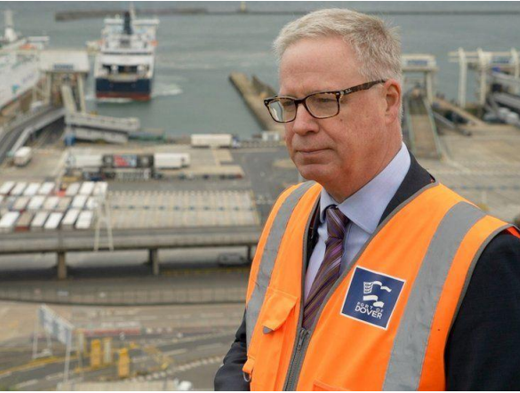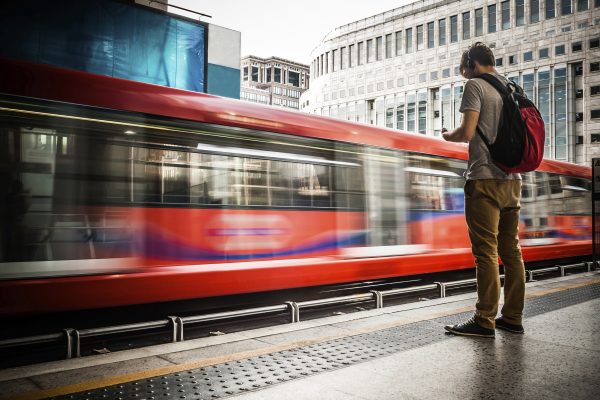Public transport is a cornerstone of society. It’s more than a means of getting from A to B – whether for school, work or healthcare – it connects communities, keeps the economy moving and offers a more sustainable alternative to private car use. Buses, coaches, trains and micromobility options deliver value that is essential to building thriving towns and cities.
Yet, despite its importance, public perception of transport is often clouded by frustration. Delays, disruption during adverse weather, union strikes, rising fares, overcrowding, outdated systems and a lack of consistent government funding have all contributed to a tarnished reputation. While demand for public transport persists, it’s frequently viewed as something people use when they have no other choice.
Why public transport deserves a better reputation
The industry is undergoing a period of change. New government initiatives to franchise local bus networks, returning the control of services back to local authorities, and reform the UK’s rail system, promise to address several common pain points for passengers. Operators and service providers are increasingly investing in digitalisation, new technologies and sustainable alternatives, aimed at making services more streamlined, accessible or punctual. But while infrastructure may be improving behind the scenes, the story being told to passengers hasn’t caught up.
Public narratives continue to focus on what’s going wrong. News coverage often highlights negative stories such as delays that lead to missed life events, inaccessible journeys, or sudden service cancellations. New initiatives are often wrapped with a sense of scepticism, underplaying important progress. What’s missing is a connection, a sense that transport is not only functional, but meaningful and relevant to people’s lives.
Done well, PR and storytelling have the power to reposition public transport not as a last resort, but an essential enabler of life, connection and progress. Storytelling rooted in human experience, shaped by narrative and emotion, helps brands build trust, empathy and loyalty.
The power of storytelling in transport PR
Effective storytelling is more than a press release. It’s a strategic use of written, visual and social content to humanise services, highlighting the experience of real passengers, drivers or staff members. It’s about showcasing innovation and the industry’s efforts to embrace technology to modernise services, such as the introduction of electric vehicles, smart ticketing or enhanced data analytics. It’s about reframing issues like safety, reliability, accessibility and cleanliness, in ways that are honest, transparent and forward-looking.
Take Transport for London’s (TfL) Every Journey Matters campaign as an example. Beyond its compelling illustrations celebrating milestones like the Oyster card and night tube, the campaign focused on real life stories and the essential role of public transport in daily life. By highlighting personal experiences and the connectivity TfL provides, it fostered a deeper emotional connection with the public, boosting engagement and reinforcing TfL’s identity as an integral part of London’s story.
How strategic PR can help rewrite the story of public transport
Rebuilding trust in public transport requires an effective PR strategy, with storytelling at its core. Every region, operator and audience is different, and understanding your client’s values, goals and customer base is the first crucial step. Localised campaigns, tailored messaging and community-first narratives are some of the most effective tools in the box.
It’s time for transport operators, city authorities and mobility startups to rethink how they connect with their audiences. Rewriting the story of public transport to one of progress, positivity and people, is essential to shifting perception and restoring faith in our services.









